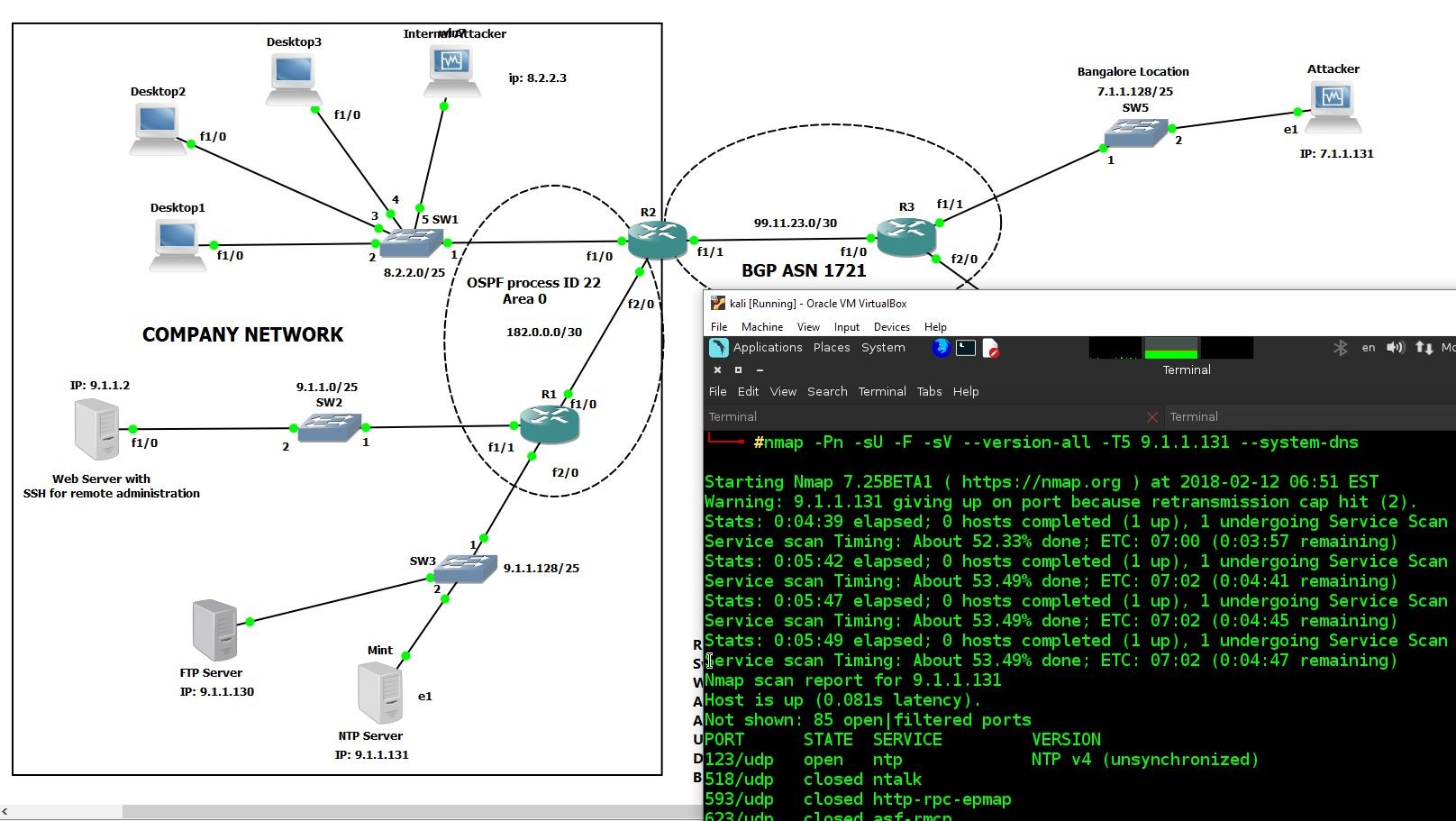
Log in to and go to your subscription.Possible values include 10 Minutes, 15 Minutes, 20 Minutes, 25 Minutes, 30 Minutes.


Possible values include 100K pps, 50 Mbps and 4 source IPs, 200K pps, 100 Mbps and 8 source IPs, 400K pps, 200Mbps and 16 source IPs, 800K pps, 400 Mbps and 32 source IPs. Possible values include DNS Flood, NTPv2 Flood, SSDP Flood, TCP SYN Flood, UDP 64B Flood, UDP 128B Flood, UDP 256B Flood, UDP 512B Flood, UDP 1024B Flood, UDP 1514B Flood, UDP Fragmentation, UDP Memcached. For BreakingPoint Cloud, you must first create an account.īreakingPoint Cloud Configure a DDoS test attackĮnter or select the following values, then select Start test: SettingĮnter one of your public IP address you want to test.Before you can complete the steps in this tutorial, you must first create a Azure DDoS Standard protection plan with protected public IP addresses.Additionally, these target public IP addresses must be protected under Azure DDoS Protection.īreakingPoint Cloud and Red Button are only available for the Public cloud. You can only simulate against Azure-hosted public IP addresses that belong to an Azure subscription of your own, which will be validated by Azure Active Directory (Azure AD) before testing. Our testing partners' simulation environments are built within Azure. Red Button: work with a dedicated team of experts to simulate real-world DDoS attack scenarios in a controlled environment.
#Ip ddos tool generator#
BreakingPoint Cloud: a self-service traffic generator where your customers can generate traffic against DDoS Protection-enabled public endpoints for simulations.You may only simulate attacks using our approved testing partners: Optimize your incident response process while under DDoS attack.Validate how Azure DDoS Protection helps protect your Azure resources from DDoS attacks.We recommend that you perform such tests in staging environments or during non-peak hours to minimize the impact to the production environment. Identify gaps from both a technology and process standpoint and incorporate them in the DDoS response strategy. During testing, validate that your services or applications continue to function as expected and there’s no disruption to the user experience.

It’s a good practice to test your assumptions about how your services will respond to an attack by conducting periodic simulations.


 0 kommentar(er)
0 kommentar(er)
